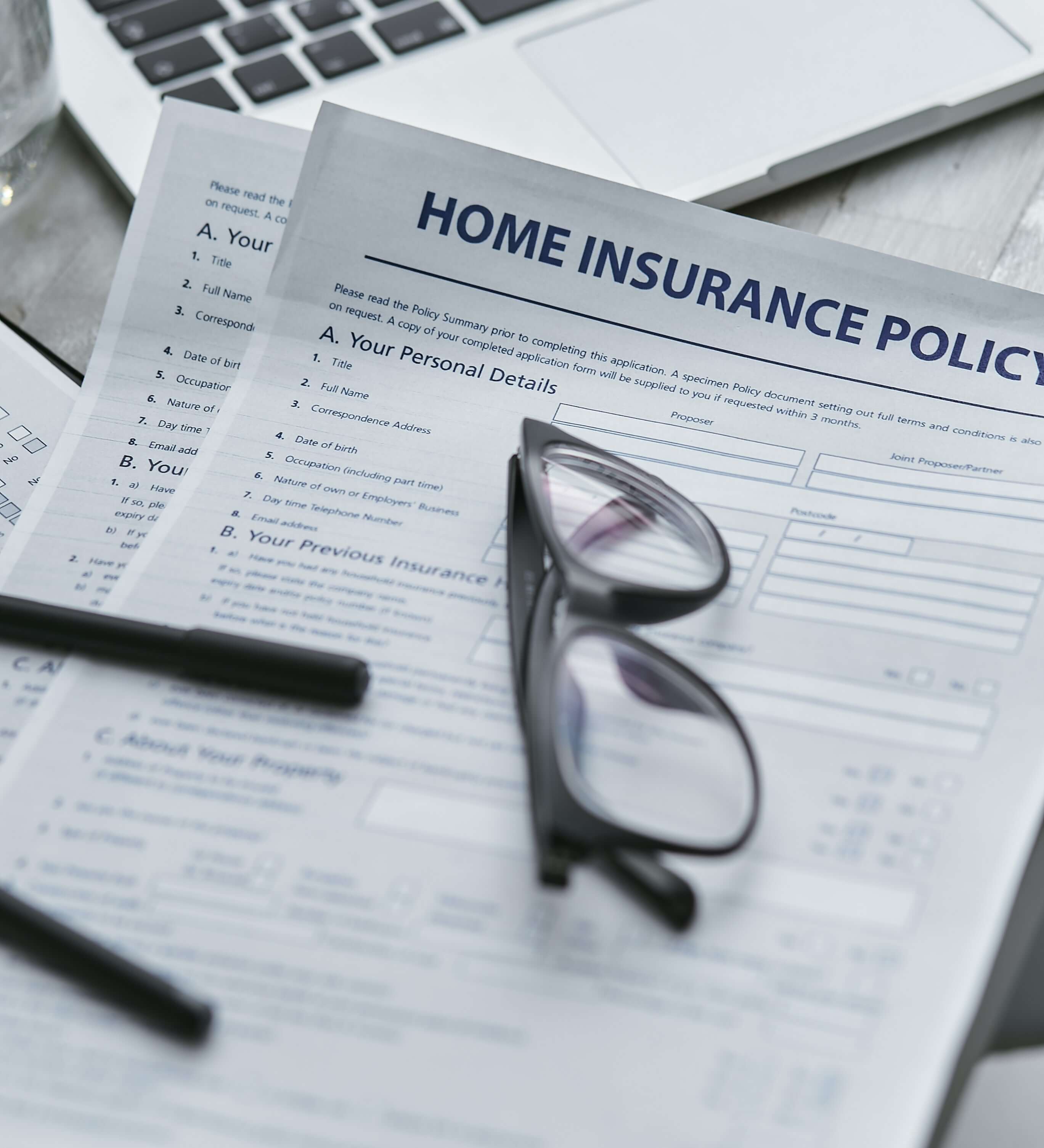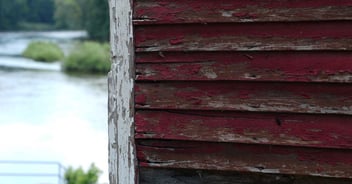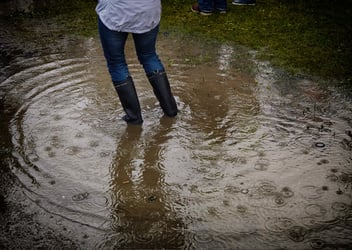Mold. It’s unsightly, unhealthy, and hard to remove. Mold can enter your home via doors, windows, air ducts, shoes, pets, and numerous other openings. If you have excessive moisture in your home due to water damage or a flood, it can grow and fester.
One of the biggest concerns with mold is the large number of health problems that it can cause. According to the Centers for Disease Control and Prevention (CDC), exposure to mold can cause upper respiratory track symptoms, stuffy nose, wheezing, fever, shortness of breath, red and itchy eyes, and asthma[1].
The longer the mold sits on a surface, the more damage it causes, so time is truly of the essence in containing the problem and regaining control of your home[2].
If you discover mold in your home, here are some tips for filing a mold damage claim with your homeowner’s insurance company:
- File a claim promptly.
The longer the mold sits, the more it grows and the harder it becomes to clean. It also makes it trickier to salvage your belongings and your home.
- Review your homeowner’s policy.
You will want to read the “Declarations” page to understand your coverage, policy limits, and any exclusions[3]. Mold is generally covered by homeowner’s insurance if it is caused by a covered peril. Examples of covered perils include a burst pipe, falling objects, or some other type of accidental and immediate situation (excluding floods). Mold is generally not covered if it is due to an ongoing issue, such as a leaky pipe, or lack of proper maintenance.
- Don’t throw anything away.
Resist the urge to toss damaged goods. The insurance company will need to send a claims adjuster to your home to inspect the scene for themselves. It is important that they see the full situation as intact as possible. They may also want to send moldy items to a lab to test and see what kind of mold is growing.
- Don’t clean up.
Similar to not throwing anything away, don’t start cleaning until the insurance company gives you the green light to do so. Even then, it’s best to bring in a professional mold remediation crew. Mold removal can involve opening and replacing walls, floors and ceilings. It also can require cleaners to wear special protective gear and work with potent chemicals. It’s best to leave this to the professionals.
- Call a public adjuster.
A public adjuster will review your homeowner’s policy to understand the maximum you can receive for your damages. They will then come to your home and prepare a detailed estimate of all the costs you will need to incur to fix the damage, which they will submit to the insurance company on your behalf. After that, they will negotiate with the insurance company to ensure that you receive the maximum amount of money to which you are entitled. The insurance company has a professional adjuster working for them. A public adjuster is a professional adjuster who works for you.
If you have mold damage in your home and want the peace of mind of a professional handling the insurance process for you, contact United Claims Specialists today.
When you have damage to your home or business, it can be daunting. Dealing with your insurance company can be incredibly stressful. Do not let your inexperience dealing with the insurance company cost you time and money! Our team at United Claims Specialists is here to provide you with the best service so you get the highest settlement for your claim.
United Claims Specialists has a team of experienced, dedicated, and professional public adjusters who work for you to ensure you receive the settlement you deserve when your property or business has property damage. We work on both residential and commercial claims and will make sure that your loss is handled quickly and properly and that you get the highest settlement possible.
With offices throughout Florida, New York and New Jersey, United Claims Specialists have helped thousands of home and business owners around the country. Contact us today so we can help you.
UNITED CLAIMS SPECIALISTS
855-321.LOSS (5677)
claims@ucspa.com
[1] Centers for Disease Control and Prevention. CDC – Mold – General Information – Basic Facts. Accessed March 18, 2021.
[2] FEMA. A Brief Guide to Mold, Moisture, and Your Home EPA-402-K-02-003, September 2010. Page 4.Accessed April 2, 2021.
[3] United Policyholders. Insurance Claim Tips for Mold Damage – United Policyholders (uphelp.org). Accessed March 18, 2021.




 Storm Damage
Storm Damage  Property Damage
Property Damage Appraisal Services
Appraisal Services Contact Us
Contact Us




.jpg)
 claims@ucspa.com
claims@ucspa.com Mon-Fri: 9:00am-5:00pm
Mon-Fri: 9:00am-5:00pm